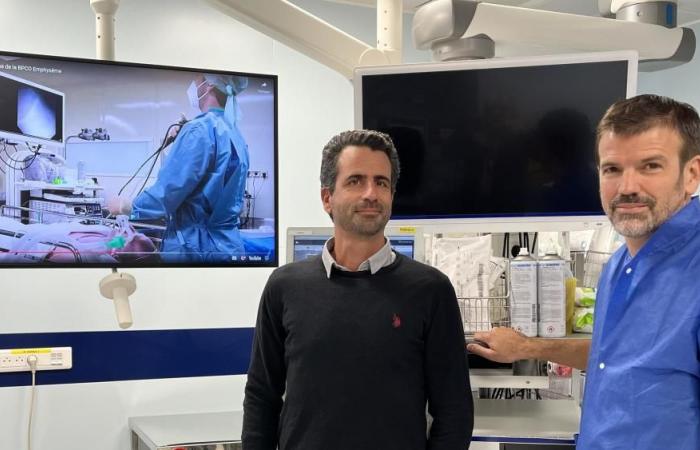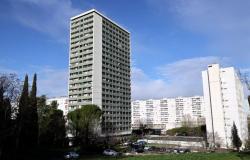What is COPD, short for chronic obstructive pulmonary disease? Few people are able to answer this question. And for good reason, according to a survey carried out by BVA Xsight for the Sanofi laboratory, two thirds of French people, including a majority of men, have never heard of it. More alarming, 90% of those questioned are unaware that this pathology is the 3rd cause of death from tobacco in the world. A progressive lung disease, COPD is an inflammation and progressive obstruction of the bronchi linked to tobacco in 80% of cases, air pollution and occupational exposure.
“This repeated attack on the lung leads to premature agingexplains Doctor Bruno Escargue, head of the Interventional Pneumology unit at Saint-Joseph hospital in Marseille. If women are more susceptible than men, COPD occurs after “at least 20 years“smoking.”After this period, with each year that passes, we lose five years of lungs!“
60% of patients are undiagnosed
Insidious, COPD results for 9 out of 10 patients in shortness of breath before fatigue and coughing. Symptoms often attributed to smoking. Except that being out of breath when you smoke is not normal. Coughing and spitting, insists Dr. Alain Palot, pulmonologist at Saint-Joseph hospital. “It is often too late when a diagnosis is made. 60% of patients are undiagnosed. Although it is never too late, these people are at very advanced stages. The risk is to progress towards chronic respiratory failure which involves a constant need for oxygen to compensate for what the lung can no longer do.“
However, this disease is not definitively irremediable. If the first indication remains “emergency” smoking cessation, therapeutic solutions exist based on the phenotypes in these COPD patients to personalize the treatment according to the profile. “Blood eosinophil testing is increasingly being used to target patients at increased risk of exacerbation“, explains Dr Palot.
Bronchodilators combined in some cases with inhaled corticosteroids constitute the first-line treatment. But promising new advances are emerging. Today, all eyes are on biotherapies currently in the process of being market authorized. “They are injectable and act in a targeted manner on an inflammation pathway.” Others should arrive. “It will not be a miracle cure tempers Dr. Palot. They will act on exacerbations.“
A turning point in care
The other side of innovation is interventional techniques. One of them allows the destruction of bronchial nerves by radiofrequency. The other is pulmonary reduction by valve. This technique is aimed at people suffering from emphysema. “The lungs inflate and are less and less able to get air out. The objective is to obstruct certain destroyed areas so that the air goes to the most functional parts. In summary, it is a form of ventilation bypass. We are at a turning point in care. Whatever the profile, there are now solutions,” concludes Bruno Escarguel.






